One Of These Is The World Champion Of Cars

After Nissan’s Leaf drove away with the European Car Of The Year title and the Volt snagged the American Car Of The Year title, what else was there to win? The WCOTY, of course. The champion of champions, the World Car Of The Year. And the winner is …
It’s the all electric, battery-powered Nissan Leaf. It edged out the BMW 5-Series and the Audi A8. The range extended Volt wasn’t even in the running. The World Car of the Year competition was launched in 2004, with winners chosen by a panel of automotive journalists from Asia, Europe and North America.
That the American Volt didn’t stand a chance with a United Nations of a jury is understandable. But a battery-powered Leaf winning against such heavyweights like the BMW 5-series and Audi A8, that’s remarkable.

Bertel Schmitt comes back to journalism after taking a 35 year break in advertising and marketing. He ran and owned advertising agencies in Duesseldorf, Germany, and New York City. Volkswagen A.G. was Bertel's most important corporate account. Schmitt's advertising and marketing career touched many corners of the industry with a special focus on automotive products and services. Since 2004, he lives in Japan and China with his wife <a href="http://www.tomokoandbertel.com"> Tomoko </a>. Bertel Schmitt is a founding board member of the <a href="http://www.offshoresuperseries.com"> Offshore Super Series </a>, an American offshore powerboat racing organization. He is co-owner of the racing team Typhoon.
More by Bertel Schmitt
Latest Car Reviews
Read moreLatest Product Reviews
Read moreRecent Comments
- Corey Lewis It's not competitive against others in the class, as my review discussed. https://www.thetruthaboutcars.com/cars/chevrolet/rental-review-the-2023-chevrolet-malibu-last-domestic-midsize-standing-44502760
- Turbo Is Black Magic My wife had one of these back in 06, did a ton of work to it… supercharger, full exhaust, full suspension.. it was a blast to drive even though it was still hilariously slow. Great for drive in nights, open the hatch fold the seats flat and just relax.Also this thing is a great example of how far we have come in crash safety even since just 2005… go look at these old crash tests now and I cringe at what a modern electric tank would do to this thing.
- MaintenanceCosts Whenever the topic of the xB comes up…Me: "The style is fun. The combination of the box shape and the aggressive detailing is very JDM."Wife: "Those are ghetto."Me: "They're smaller than a Corolla outside and have the space of a RAV4 inside."Wife: "Those are ghetto."Me: "They're kind of fun to drive with a stick."Wife: "Those are ghetto."It's one of a few cars (including its fellow box, the Ford Flex) on which we will just never see eye to eye.
- Oberkanone The alternative is a more expensive SUV. Yes, it will be missed.
- Ajla I did like this one.




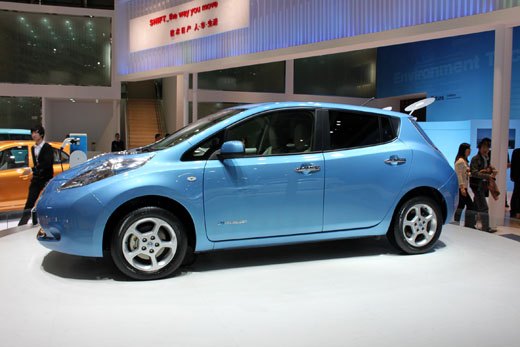



















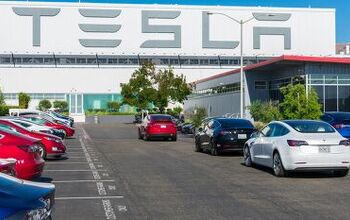



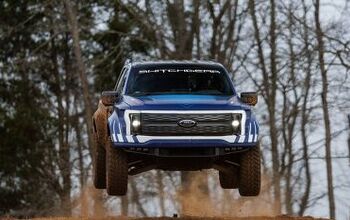
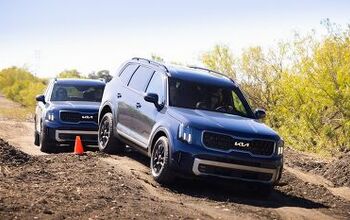
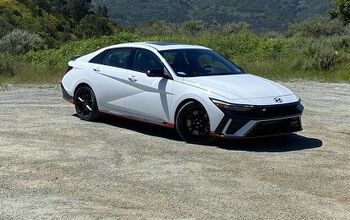
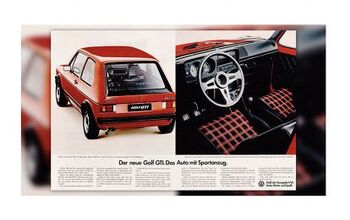
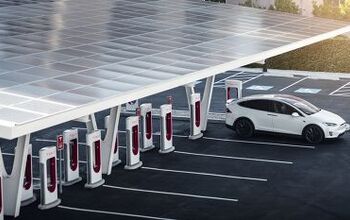
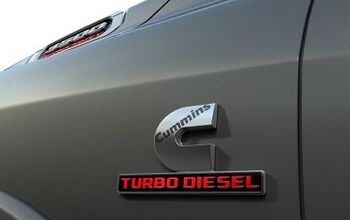




Comments
Join the conversation
Why do you keep calling Volt "range extended" if its simply yet another hybrid ? Plugin hybrid, yes, but hybrid nonetheless.
It runs quite a bit further in pure EV mode before kicking into hybrid mode - hence range extended EV. Many users could do their daily commute in EV mode before kicking in the ICE.